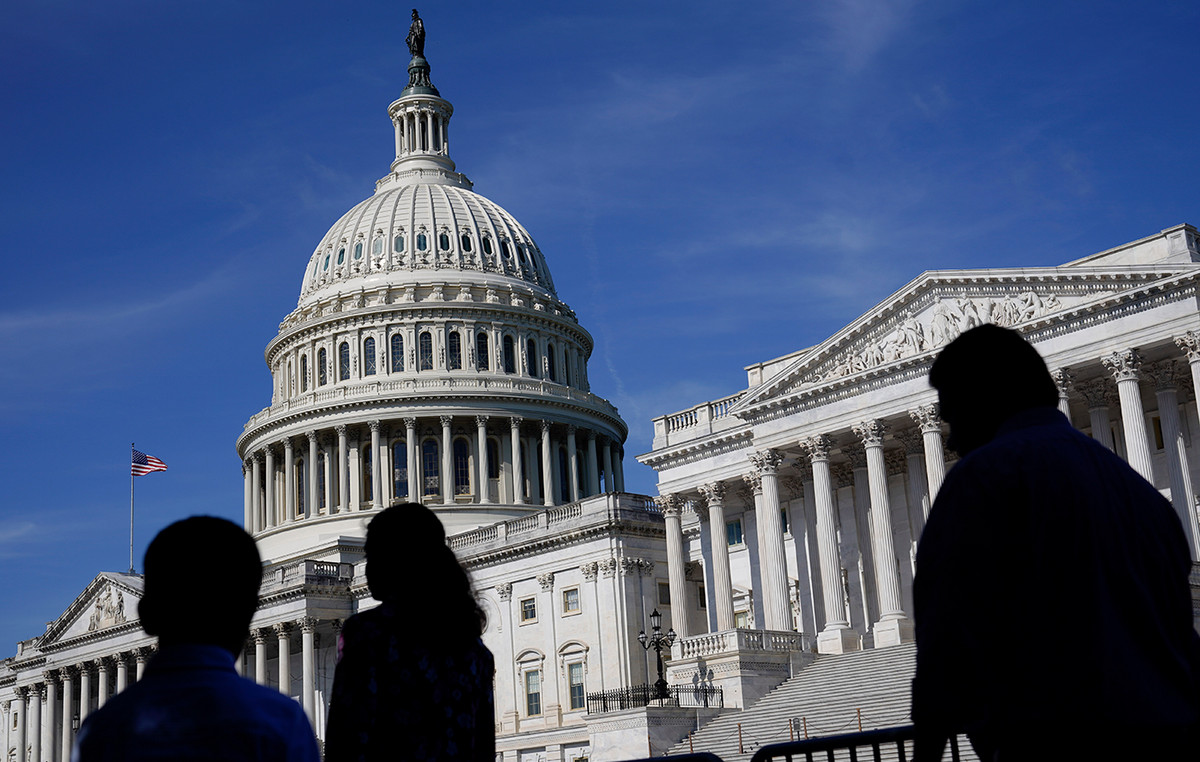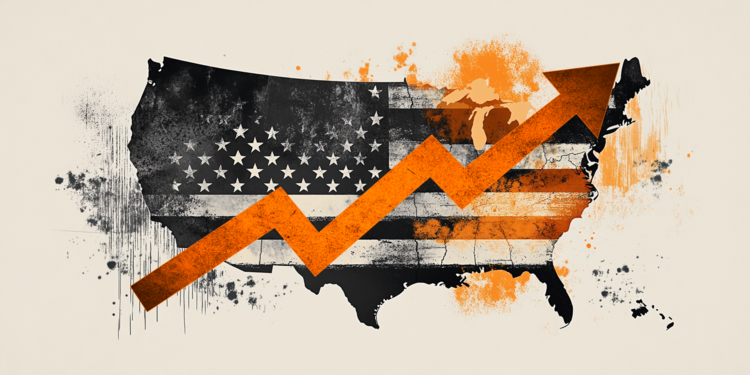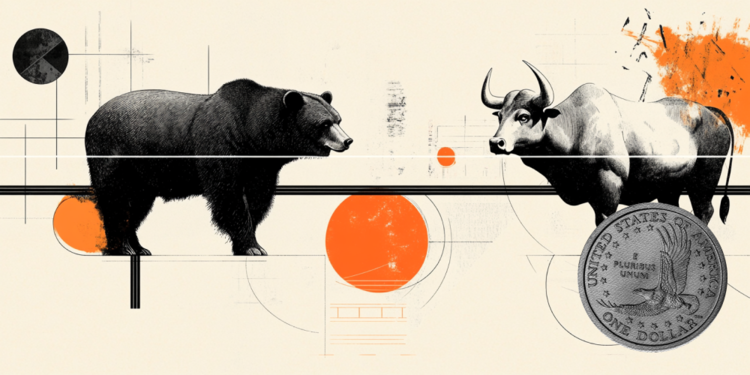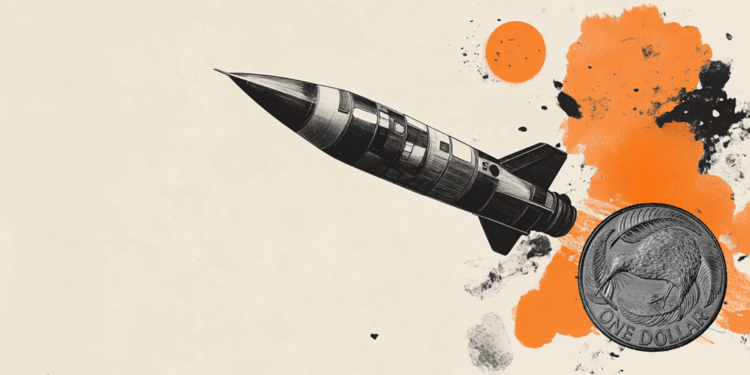- The Canadian dollar did not move quickly on Monday.
- The Bank of Canada’s impending rate decision keeps CAD markets lukewarm.
- Investor Sentiment Finds Fresh Concern Over US CPI Inflation Update
The Canadian Dollar (CAD) struggled for direction on Monday, beginning a new week of trading near familiar lows. Broader market sentiment has faded as investors are bracing for an expected rise in U.S. Consumer Price Index (CPI) inflation figures due midweek, and the lack Canadian representation on this week’s economic calendar leaves CAD traders uncertain.
The Bank of Canada (BoC) is scheduled to deliver its latest rate decision on Wednesday, around the same time the US will release its latest CPI inflation figures, which are expected to accelerate slightly. With shaky economic numbers coming out of Canada, the BoC is expected to once again accelerate its pace of rate cuts, despite the growing potential of another rise in inflation figures that have hampered the domestic economy.
Daily Market Summary: Quiet start to the week has traders looking ahead
- Markets are gearing up for a choppy midweek day on the data agenda.
- Data releases remain thin at the start of the week.
- The BoC is widely expected to deliver another double rate cut on Wednesday, with a forecast to reduce its main benchmark rate to 3.25% from 3.75%.
- The next US CPI figure is expected to show consumer inflation rising again to 2.7% from 2.6% year-on-year.
- US core CPI inflation is expected to remain stable at a high 3.3% annually.
Canadian Dollar Price Forecast
The daily chart of USD/CAD illustrates a strong uptrend that has been intact since mid-September, with the pair steadily rising above its 200-day EMA at 1.3726 and 50-day EMA at 1.3912. Bullish momentum gained traction when USD/CAD broke above the psychological level of 1.4000 in late October, consolidating gains in November. The pair recently approached the critical resistance zone near 1.4170, where multiple highs were recorded, signaling an area of strong selling pressure. This level aligns closely with the July peak and remains a significant barrier for the bulls.
The most recent candle reflects indecision, closing near 1.4157, with a slight bearish tilt after failing to sustain a break above the 1.4170 resistance. Despite reaching an intraday high of 1.4175, the inability to close above this critical level could signal weakening bullish momentum in the near term. However, the fact that the pair is holding well above its 50-day EMA suggests that the uptrend is still intact, with support likely to emerge around the 1.4000 zone on any pullback. A daily close above 1.4170 would open the door for further upside, potentially targeting the 1.4250 region.
The MACD indicator reflects mild bullish momentum, with the MACD line floating slightly above the signal line and the histogram showing minimal positive growth. This setup suggests that although buyers remain in control, the momentum is not overwhelmingly strong. Traders should watch for a breakout confirmation above 1.4170 for renewed bullish confidence or a move below 1.4050 to signal the start of a corrective phase. The overall trend remains constructive as long as the pair remains above the 200-day EMA, but a short-term consolidation cannot be ruled out.
USD/CAD Daily Chart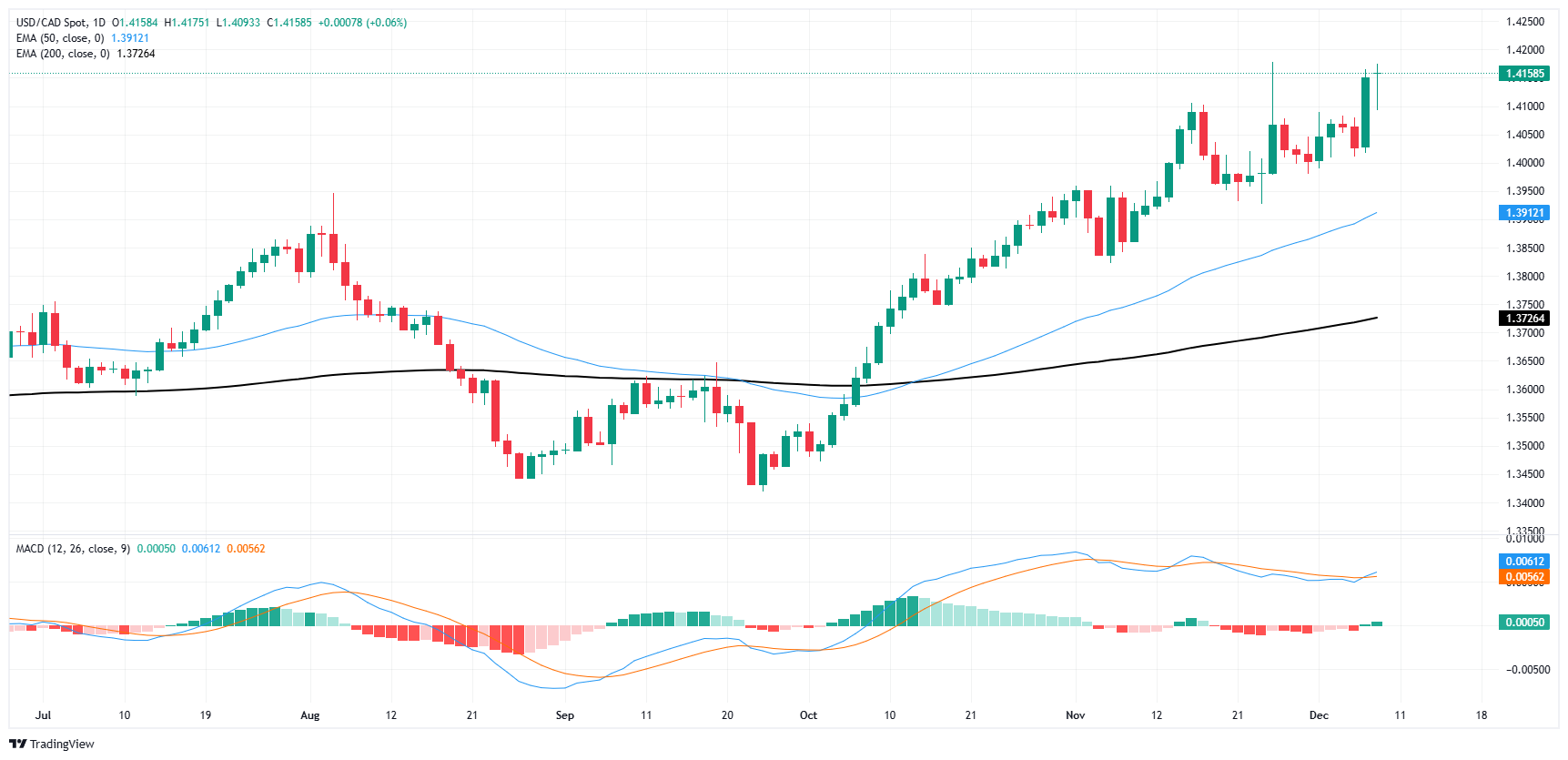
The Canadian Dollar FAQs
The key factors that determine the price of the Canadian dollar (CAD) are the level of interest rates set by the Bank of Canada (BoC), the price of oil, Canada’s main export product, the health of its economy, inflation and the trade balance, which is the difference between the value of Canadian exports and its imports. Other factors are market confidence, that is, whether investors bet on riskier assets (risk-on) or look for safe assets (risk-off), with the risk-on being positive for the CAD. As its largest trading partner, the health of the US economy is also a key factor influencing the Canadian dollar.
The Bank of Canada (BoC) exerts significant influence over the Canadian Dollar by setting the level of interest rates that banks can lend to each other. This influences the level of interest rates for everyone. The BoC’s main objective is to keep inflation between 1% and 3% by adjusting interest rates up or down. Relatively high interest rates are usually positive for the CAD. The Bank of Canada can also use quantitative easing and tightening to influence credit conditions, with the former being negative for the CAD and the latter being positive for the CAD.
The price of oil is a key factor influencing the value of the Canadian Dollar. Oil is Canada’s largest export, so the price of oil tends to have an immediate impact on the value of the CAD. Generally, if the price of oil rises, the CAD also rises, as aggregate demand for the currency increases. The opposite occurs if the price of oil falls. Higher oil prices also tend to lead to a higher probability of a positive trade balance, which also supports the CAD.
Although inflation has traditionally always been considered a negative factor for a currency, as it reduces the value of money, the opposite has actually happened in modern times, with the relaxation of cross-border capital controls. Higher inflation often leads central banks to raise interest rates, attracting more capital inflows from global investors looking for a lucrative place to store their money. This increases the demand for the local currency, which in the case of Canada is the Canadian Dollar.
The published macroeconomic data measures the health of the economy and may have an impact on the Canadian dollar. Indicators such as GDP, manufacturing and services PMIs, employment and consumer confidence surveys can influence the direction of the CAD. A strong economy is good for the Canadian dollar. Not only does it attract more foreign investment, but it may encourage the Bank of Canada to raise interest rates, resulting in a stronger currency. However, if economic data is weak, the CAD is likely to fall.
Source: Fx Street
I am Joshua Winder, a senior-level journalist and editor at World Stock Market. I specialize in covering news related to the stock market and economic trends. With more than 8 years of experience in this field, I have become an expert in financial reporting.

